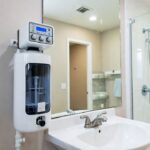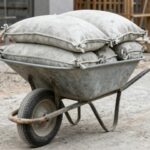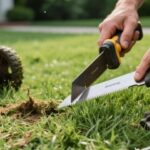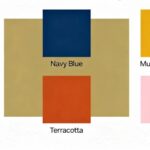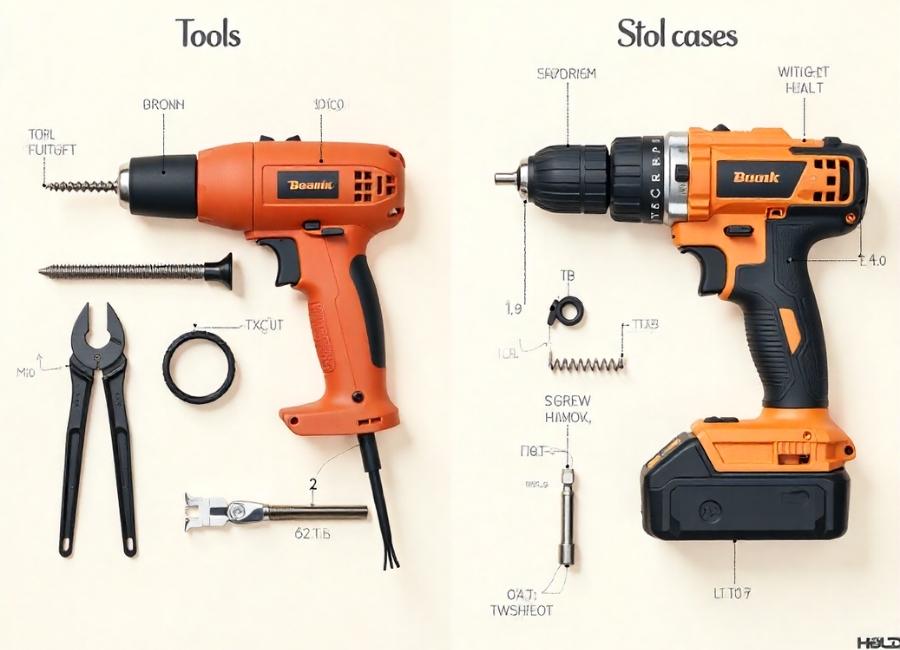If you’ve ever browsed the power tool section, you might have noticed that drills, screw guns, and impact drivers look a lot alike. Even though all three are must-haves for DIYers and pros, each one serves a different purpose. Picking the wrong tool can be frustrating, waste your time, or even damage your materials.
This guide explains the differences between a drill, a screw gun, and an impact driver. We’ll look at how each tool works, their pros and cons, and which jobs they handle best. By the end, you’ll know which tool to use for your next project.
What is a Drill?
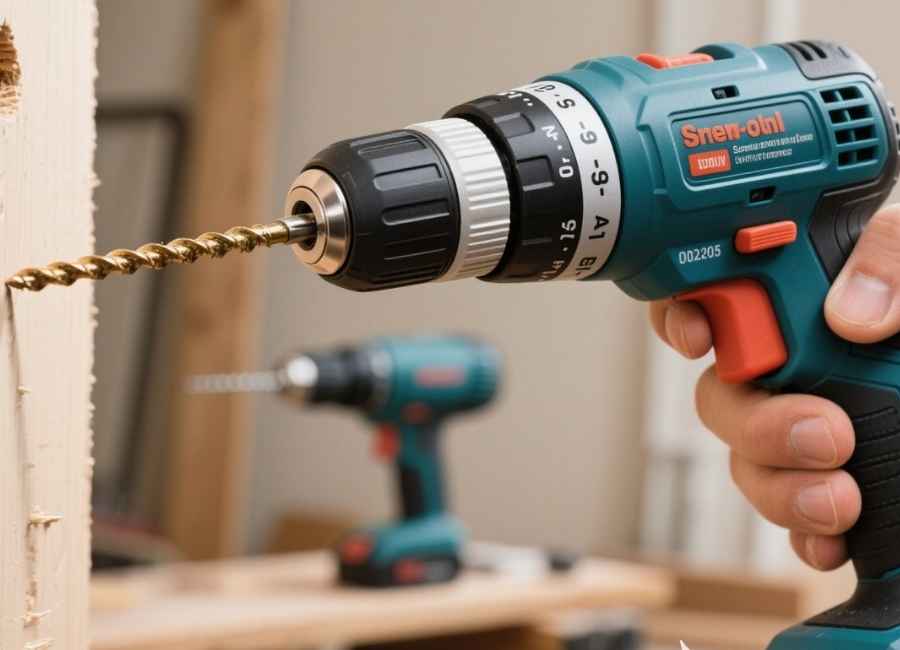
A drill, also known as a drill driver, is arguably the most versatile of the three. (Screw Gun vs. Drill (and Impact Driver): What Are the Differences?, 2025) Its primary function is to create holes, but it’s also capable of driving screws. It works by providing continuous rotational force, or torque. Most drills offer variable speed and torque settings, which give you precise control to avoid over-tightening screws and damaging your work surface. (Owner’s Manual, 2025)
One important part of a drill is its adjustable chuck, which holds the drill bits. Most cordless drills today have a keyless chuck, so you can change bits quickly. (Drill Chuck Trends 2025: Keyless & Cordless Dominance, 2025) The chuck fits many types and sizes of bits, from round ones for drilling holes to hex-shaped ones for driving screws. (Keyless Chuck Adapter for 1/4” Hex Chuck, n.d.)
Pros of a Drill
- Versatile: Ideal for drilling precise holes in various materials and for driving smaller screws.
- Controlled Power: Variable speed and adjustable torque settings prevent stripping screws or damaging delicate materials.
- Compatible: The chuck accepts a wide variety of drill and driver bits, making it a flexible all-in-one tool.
Cons of a Drill
- Limited Torque: It can struggle with driving long, large-diameter screws, especialLimited Torque: Drills can struggle with driving long or thick screws, especially into hardwood, which can make them difficult to use in tight spaces.
- Kickback Risk: When you drive screws into tough materials, the drill might kick back, which can be surprising.
What is a Screw Gun?
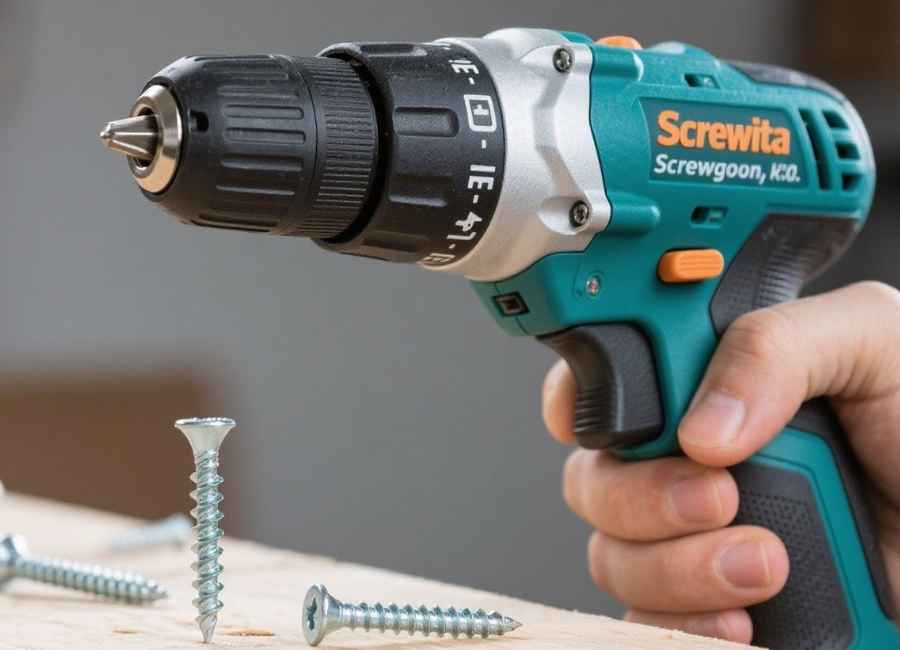
A screw gun, also known as an electric screwdriver, is made for one main job: driving screws quickly and accurately. (Screw gun, n.d.) Unlike a drill, it isn’t meant for making holes. It has a collet that only fits 1/4-inch hex driver bits.
The best thing about a screw gun is how precise it is. Many have a depth-stop nose and a clutch that stops turning when the screw is deep enough. (Screw Gun Problem, n.d.) This keeps you from driving screws too far and gives a neat finish, which is great for big jobs like installing drywall, subfloors, or decks.
Pros of a Screw Gun
- Precision: The adjustable nose and clutch allow for highly accurate screw depth, preventing damage to the material.
- Lightweight and Compact: Its smaller size makes it easy to handle and ideal for working in tight corners or overhead.
- Efficient: It’s much faster and requires less effort than a manual screwdriver for repetitive screwing tasks.
Cons of a Screw Gun
- Low Power: Screw guns don’t have enough torque for heavy-duty work or for driving big screws.
- Specialized: Screw guns are mostly just for driving screws, so they aren’t as versatile as drills.
What is an Impact Driver?
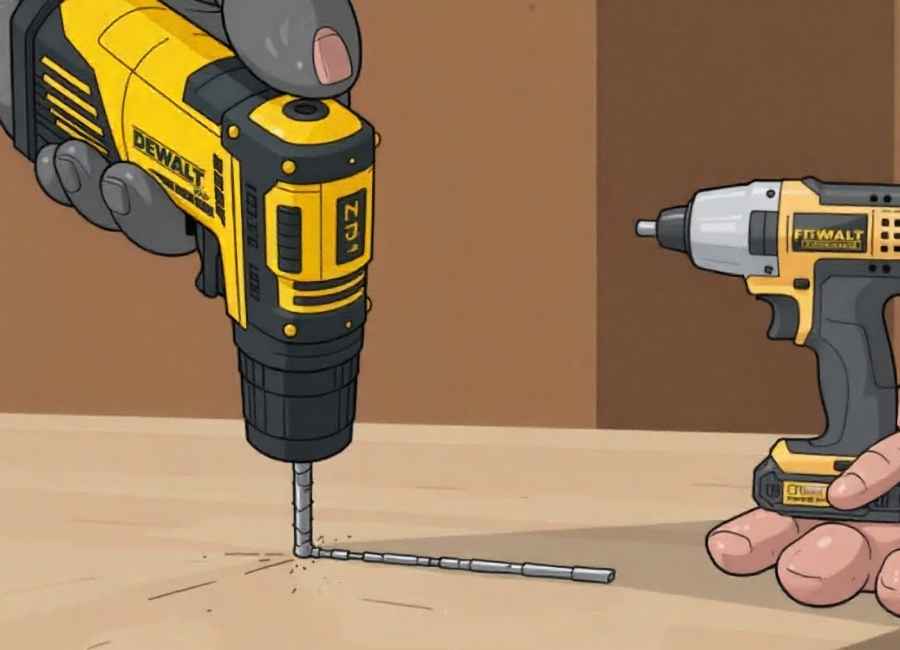
An impact driver is built for jobs that need a lot of power. (Impact Driver vs Drill: The Numbers Behind the Noise, 2025) It’s great for driving long screws and big fasteners, like lag bolts, into tough materials with little effort. Even though it looks like a drill, it works differently. Besides spinning, it uses a hammering action inside to deliver strong, quick bursts of force. (Hamler & A.J., n.d.) This gives it a lot of torque. (Drill vs Impact Driver: 2025 Complete Buying Guide (USA), 2025)
Like a screw gun, an impact driver has a collet that only fits 1/4-inch hex bits. It’s small and light, but it’s very powerful. Unlike a drill, it doesn’t have an adjustable clutch, so it can over-tighten and damage screws or materials if you’re not careful. (Using Impact Drivers for Screws: What You Need to Know, n.d.)
Pros of an Impact Driver
- High Torque: Delivers immense power, making it easy to drive large fasteners into the toughest materials.
- Compact Power: It offers more torque than a drill in a smaller, lighter package.
- Reduced Kickback: The impact mechanism transfers force directly to the fastener, so you feel less strain and kickback in your wrist.
Cons of an Impact Driver
- The Lacks Precision: Without a clutch, it’s easy to drive screws too far and strip them. The action is extremely loud, and ear protection is a must.
- Limited Versatility: Impact drivers aren’t made for drilling holes, since the strong force can break small or delicate drill bits.
When to Use Each Tool
The right tool depends on the job you’re doing. Here’s a quick guide to help you choose.
Use a Drill for:
- Drilling precise holes in wood, metal, and plastic.
- Driving small to medium-sized screws.
- Projects requiring fine control over speed and torque, such as assembling furniture.
Use a Screw Gun for:
- Repetitive screwing tasks where consistency is key.
- Installing drywall, subflooring, or decking.
- Working in tight spaces where a larger drill won’t fit.
Use an Impact Driver for:
- Driving long screws or lag bolts into dense wood.
- Heavy-duty construction or demolition projects.
- Fastening bolts and nuts on machinery or automotive projects.
Your Ultimate Tool Choice
Drills, screw guns, and impact drivers may look similar, but each one is made for a different job. A drill is the most versatile and works well for general tasks and making holes. A screw gun is best for fast, precise, and repeated screwing. An impact driver is a tool for heavy-duty work that needs a lot of power.
For most homeowners and DIY beginners, a good drill driver is the best tool to start with because it’s so versatile. As you tackle bigger projects, adding a screw gun or an impact driver can save you time, make things easier, and help you get better results.

